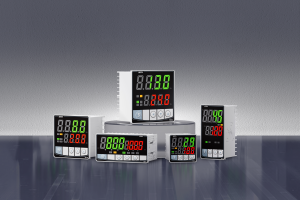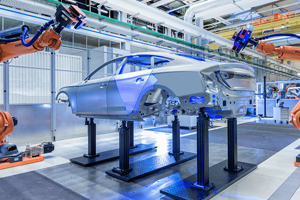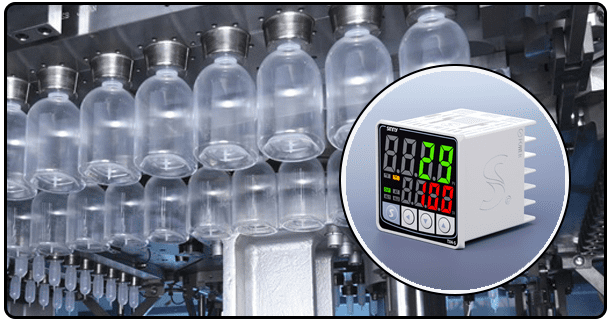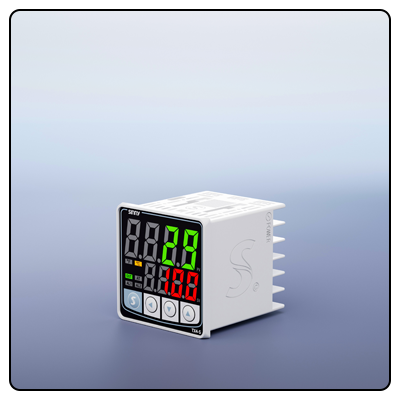How to set a PID controller: A Comprehensive Guide for Tuning and Setting Up
Learn how to tune and set a PID Controller with this comprehensive guide. Learn about the initial setup process, how to tune a PID controller, as well as practical applications.
The Integral component (I) accumulates errors in the past over time. The integral component addresses residual errors in steady state that cannot be eliminated by the proportional components alone. The integral component can help bring the system back to its desired setpoint by considering the historical error.
Derivative (D): This component predicts future errors by analyzing the rate at which the error changes. The derivative component reduces oscillations and overshooting by providing a damping action.
It is important to understand the significance of each component in order to set and tune a PID control.
1. Initial Setup
You must first gather all the components needed and set up the system before you can begin to tune a PID control.
Gathering components: Make sure you have the following items. A PID controller (or another relevant sensor), an electrical supply, a switch, and either a cooler or heater.
Connecting the PID Controller Connect the PID Controller to the sensor and power supply. The manufacturer will provide instructions on how to wire the components.
Initial Config: Turn on the controller PID and complete the initial setup. Set the desired sensor type and set the desired sensor point.
The PID controller must be set up correctly to achieve optimal tuning.
2. PID controller tuning
To achieve the response you want, adjust the gains of the integral, proportional and derivative. It can be difficult to achieve accuracy and stability with the tuning process, but a systematic method can help.
Setting the Integral and Derivative Gains to Zero: Set the gains for the proportional component (P) to zero. Increase the proportional gain gradually until the system reacts to the changes made in the setpoint. Watch out for excessive oscillations as they indicate an unbalanced proportional gain.
Tuning Integral Component Once you have set the proportional gain, add the integral gain. The integral gain should be adjusted to remove any error in steady state. Keep in mind the reaction time as high integral gains can cause instability and overshooting.
Tuning Derivative Component : Lastly, adjust derivative gain in order to dampen oscillations and reduce overshooting. Set the derivative gain to produce a stable and smooth response, without excessive delay.
As you tune the system, keep an eye on its response. Make small adjustments as needed. It is important to have a stable and balanced control system.
3. Tests and adjustments
It is important to check the performance of your PID controller and adjust it if necessary.
Test Methods: Change the setpoint in small steps and watch the response of the system. Evaluation of time to setpoint and overshooting.
Troubleshooting and Common Issues Identify any problems such as oscillations or sluggish responses. These issues are often caused by incorrect gain settings and sensor calibration mistakes.
Optimizing Performance: Based on test results, make small adjustments to proportional gains, integral gains, and derivative gain. As for the response, aim to have a stable and smooth one that follows closely behind the setpoint.
You can achieve optimal performance by testing the controller and tuning it to your application.
4. Applications of Practical Mathematics
The PID controller is used for a variety of applications. These are some examples.
Temperature control PID controllers can be found in many temperature control systems such as incubators, ovens and climate control units. PID controllers maintain precise temperatures to ensure the best conditions possible for different processes.
Motor speed control In industrial automation PID controllers are used to regulate motor speeds in order to reach desired performance levels. It is essential for conveyor belts and robotics as well as CNC machines.
Process control: PID controllers are used in chemical and manufacturing processes to maintain the desired level of variables, such as flow rate and pressure. It ensures a consistent quality of product and an efficient process.
A well-tuned PID control in such applications can offer numerous benefits including increased performance, energy efficiency, and stability.
5. The conclusion of the article is:
It is important to understand the tuning and components of a PID control system before you can set it up. Follow the instructions in this article to achieve optimal stability and performance in your control system. Don't forget to collect the required components, set up the PID correctly, adjust the gains in a systematic manner, and thoroughly test your system. You can fine-tune the settings with practice and experimentation to get the best possible results.























